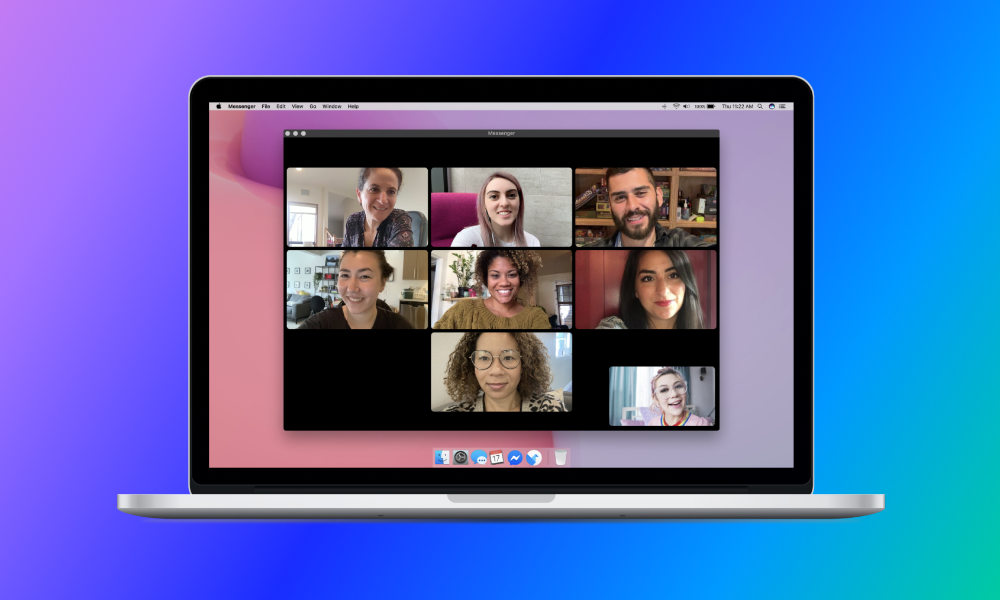Facebook Messenger for Mac Arrives with Support for Dark Mode

Toggle Dark Mode
It’s been almost a year since we first heard that Facebook Messenger would be coming to the Mac, and now it looks like it’s finally arrived at an ideal time for those who are looking for better ways to stay in touch with friends and family in the midst of social distancing requirements around the world.
To be fair, we knew that Facebook Messenger for Mac was coming soon — a stealth release appeared on the App Store in France earlier this month, along with the App Stores in Australia, Mexico, and Poland, but Facebook made it clear that wasn’t a full launch and declined to offer information on when it would be available in other countries.
It’s a bit unclear whether today’s release was in Facebook’s original plans, but in announcing the new desktop app (which is available for Windows users too), Facebook noted that “over the past month, we saw more than a 100% increase in people using their desktop browser for audio and video calling on Messenger,” which isn’t surprising as more and more users began remaining home on their laptops and desktop PCs rather than using their iPhone, iPad, or other smartphone or tablet.
What’s New
The new Messenger app for Mac offers unlimited and free group video calls, so it’s a good alternative to other services like Zoom, which is struggling to address several privacy and security issues, or even FaceTime, which as we reported earlier this morning is having some problems of its own as a result of the iOS 13.4 update.
By comparison, Facebook Messenger promises to offer video chats for up to 50 participants with no specific time limits, whereas FaceTime maxes out at 32 people — and presents them in a somewhat awkward floating view instead of a grid — and Zoom only allows for 40 minute group calls unless you’re willing to shell out $15/month for one of their paid plans.
One of the obvious benefits of a desktop app is that you’ll be able to get more reliable group video calls on a larger screen, but Facebook also adds that you’ll get better support for multitasking and notifications, both of which were sort of possible when using Facebook in Safari or another browser, but should be much more robust in a standalone native app.
Of course, everything syncs across the mobile and desktop versions of the app, and you also get the ability to chat with any of your friends or family members who already have Facebook accounts, although strictly speaking it’s not necessary to have an active Facebook account to use Facebook Messenger. There’s also support for features like animated GIFs and macOS Dark Mode, the latter of which isn’t available in the web app, even if your browser otherwise supports it.
Under the Hood
According to earlier reports, it looks like the new Facebook Messenger app is using the Electron framework to basically port the code from the web app into a standalone native app wrapper. This is the same technique used by other popular apps like Slack, but it’s not the Catalyst port of the iPad app that some were expecting.
In the end, however, that probably makes little difference, since Facebook Messenger is largely a self-contained app anyway and doesn’t require a lot of special integration with macOS. There’s naturally basic support for doing things like dropping photos into a conversation, either from your desktop, Finder, or the Mac Photos app, along with bringing up a standard file browser for inserting attachments. It also takes advantage of the standard macOS notification frameworks, rather than having to tie in through a browser or extension.
Despite its use of Electron, the performance of the native app does seem to be considerably speedier than the browser-based version, however, even on older Macs. Facebook recently gave its iOS app a big speed boost, so they may have added some similar efficiencies here as well.
Facebook Messenger for Mac is available as a free download on the Mac App Store.






